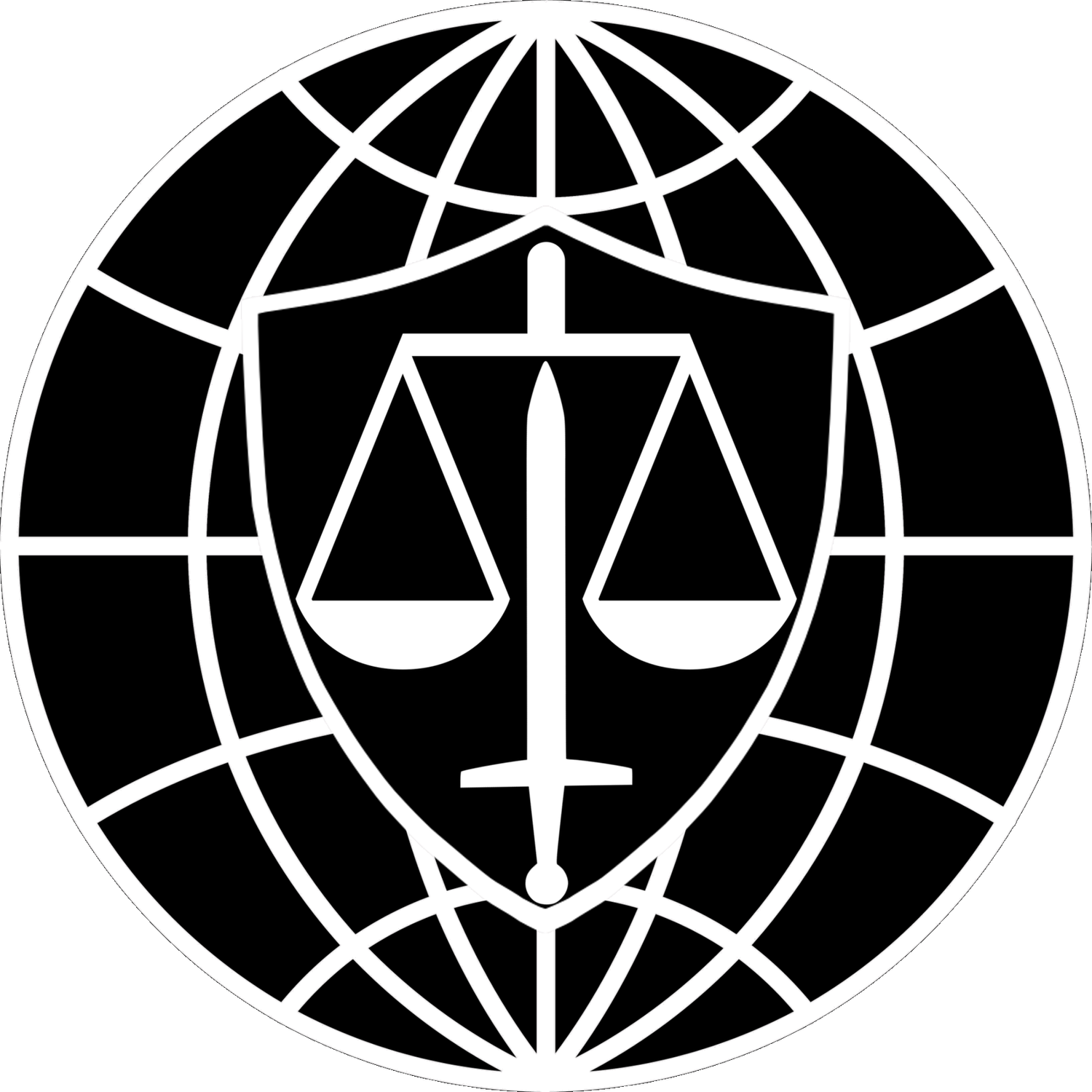
B Visas
Date of Information: 03/13/2025
Please check back soon as this page is actively under development.
What are B Visas?
A B visa is a type of nonimmigrant visa issued by the United States for temporary visitors. It is divided into two categories:
B-1 Visa (Business Visitors) – For individuals traveling to the U.S. for business-related activities, such as:
Attending conferences, meetings, or seminars
Negotiating contracts
Consulting with business associates
Settling an estate
B-2 Visa (Tourist Visitors) – For individuals visiting the U.S. for tourism or personal reasons, such as:
Vacation or leisure travel
Visiting family or friends
Seeking medical treatment
Attending social events (e.g., weddings, cultural events)
A B visa does not permit employment in the U.S., and holders must demonstrate that their visit is temporary, with plans to return to their home country.
How Do You Get a B Visa?
To obtain a B visa, you must follow these steps:
1. Determine Eligibility
Ensure that you meet the requirements for a temporary visit to the U.S., including:
A legitimate purpose (business or tourism)
Intent to stay for a limited time
Proof of strong ties to your home country (job, family, property, etc.)
Sufficient funds to cover expenses during your stay
No intent to work or immigrate
2. Complete Form DS-160 (Online Visa Application Form)
Fill out Form DS-160 online at the Consular Electronic Application Center
Upload a passport-sized photo that meets U.S. visa requirements
Save the confirmation page (you will need it for your visa interview)
3. Pay the Visa Application Fee
The non-refundable application fee is $185 (as of 2024, but check the latest fee on the U.S. embassy website in your country)
Payment methods vary by country
4. Schedule a Visa Interview
Interviews are required for most applicants ages 14-79
Schedule an appointment at the U.S. embassy or consulate in your home country
Wait times vary, so book early
5. Attend the Visa Interview
Be honest and confident in answering the officer’s questions
Expect questions about your travel purpose, duration, financial situation, and ties to your home country
Fingerprints may be taken as part of security screening
6. Wait for Processing & Decision
If approved, your passport will be stamped with the B visa and returned in a few days or weeks
If denied, you will receive a reason for the refusal
What Documents Do You Need?
Documentation requirements can vary depending on the circumstances of your visit, but consider the following:
Valid passport (must be valid for at least six months beyond your intended stay)
DS-160 confirmation page
Visa application fee receipt
Passport-sized photo (if not uploaded online)
Proof of ties to your home country (employment, property, family, etc.)
Financial proof (bank statements, sponsorship letters, etc.)
Travel itinerary (hotel bookings, flight reservations, etc.)
Invitation letter (if visiting family/friends or attending a business event)
Tips and Words of Caution on Applying For and Using a B Visa
Getting a B visa does not guarantee admission to the United States. Customs and Border Patrol officers have broad discretion when screening an entrant for admission to the United States.
"Every alien shall be presumed to be an immigrant until he establishes to the satisfaction of the consular officer, at the time of application for a visa, and the immigration officers, at the time of application for admission, that he is entitled to a nonimmigrant status[.]" INA § 214(b). What that means is all applicants for nonimmigrant visas (including B-1/B-2 visas) are presumed to have immigrant intent (i.e., the intent to stay in the U.S. permanently). The applicant must prove that they intend to return to their home country after their temporary stay.
To demonstrate nonimmigrant intent, applicants must provide evidence such as:
Strong ties to their home country (job, family, property, financial assets)
A clear purpose of visit and intent to return after their stay
Sufficient funds to cover their stay without working in the U.S.
Other Helpful Resources:
See Also:
CIL Guide to the Circumvention of Lawful Pathways Rule

